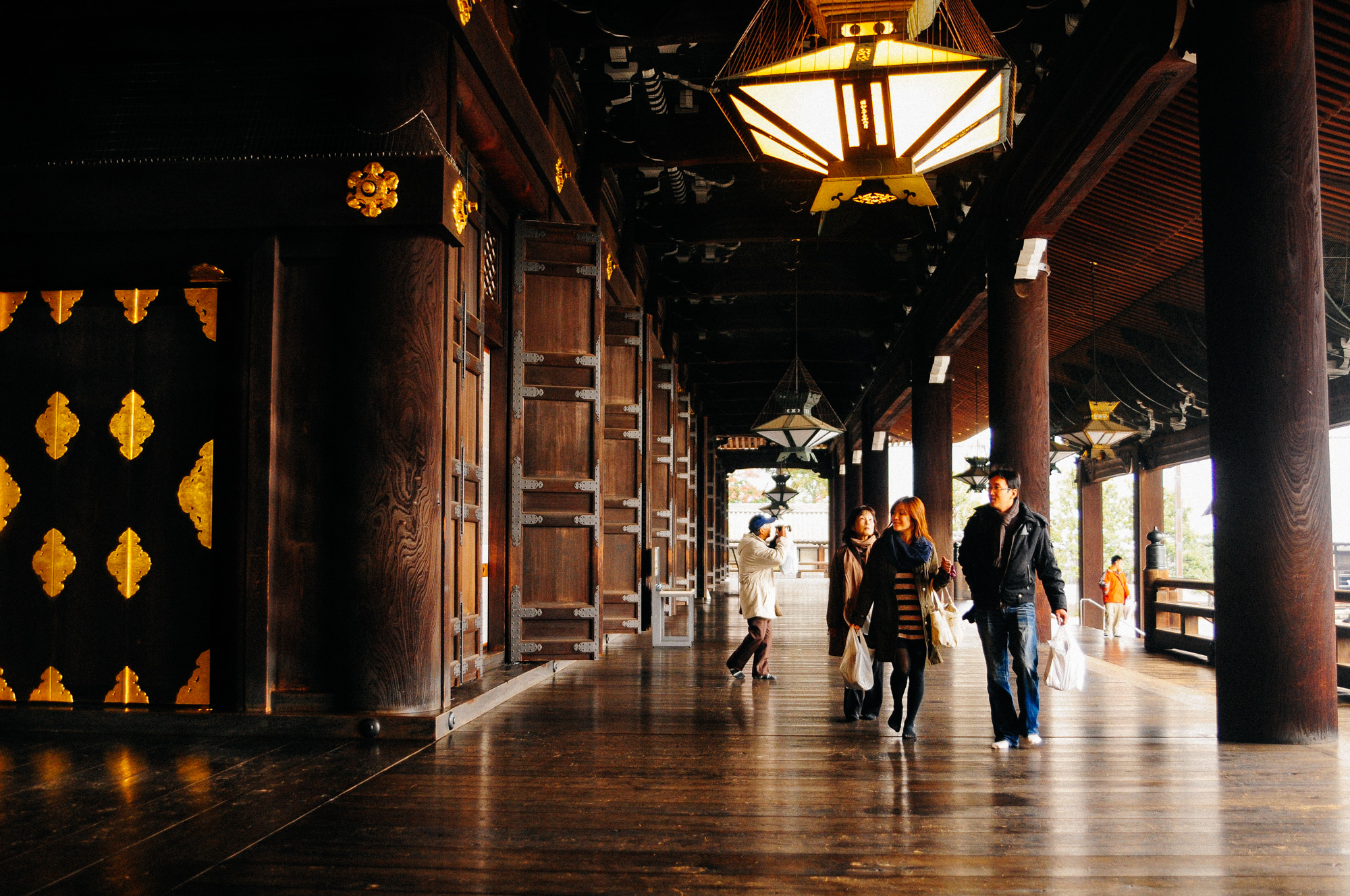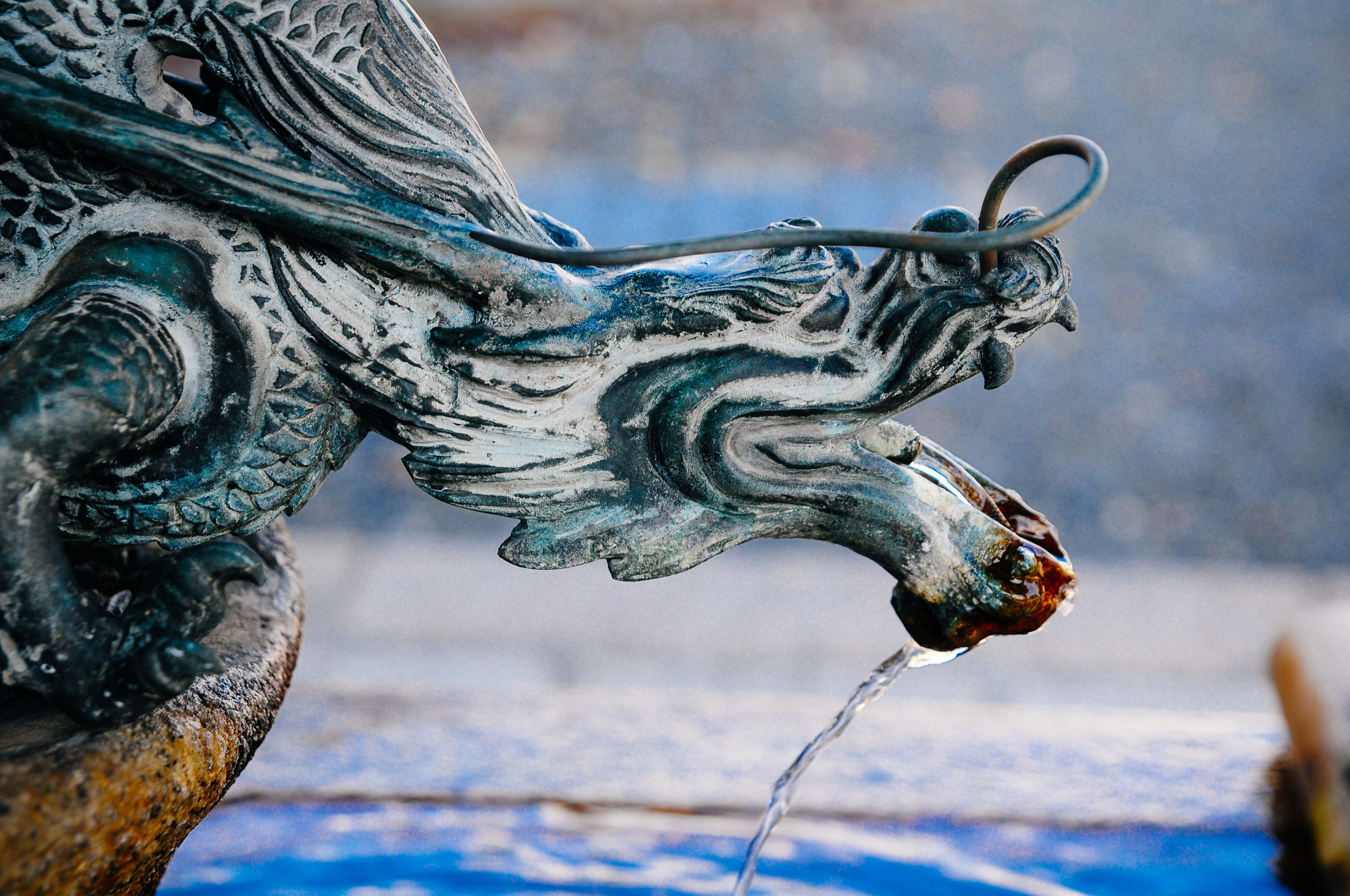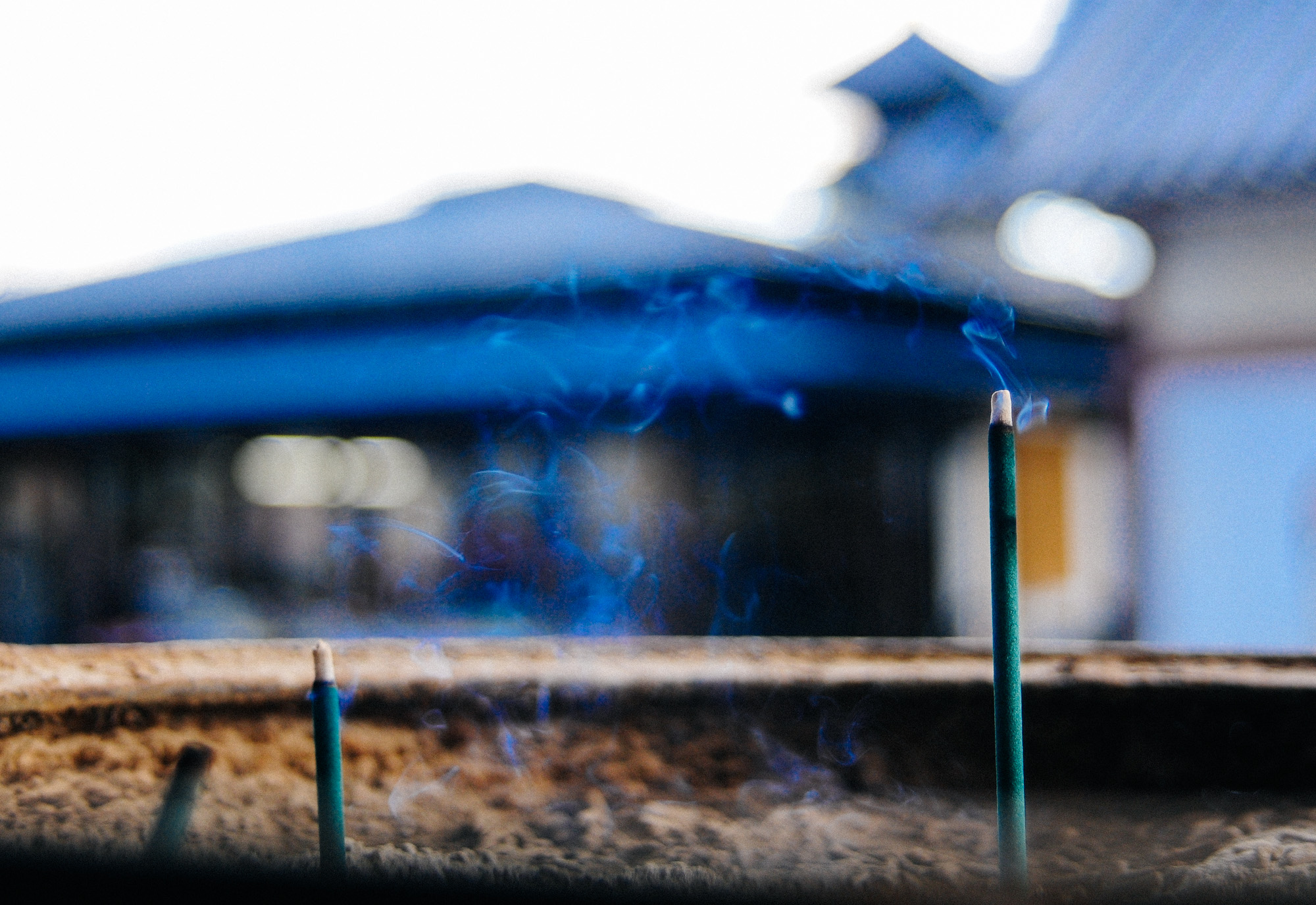The Buddhist temples of Kyoto are full of cute Japanese kids
Kyoto, the capital city
Kyoto stands as one of Japan’s most historically significant cities. Once the imperial capital for over a thousand years, it shaped the nation’s cultural and political landscape. But Kyoto’s influence extends beyond history—it’s also the birthplace of Nintendo and, of course, the beloved Super Mario. As a Nintendo fan, visiting Kyoto felt like a unique blend of cultural pilgrimage and personal nostalgia.
In 2011, I traveled to Japan to cover the FIFA Club World Cup, where Barcelona F.C. eventually claimed victory. On my way from Tokyo to Toyota for one of the matches, I managed to carve out time for a brief but unforgettable day trip to Kyoto. Even in just a few hours, the city’s timeless charm and rich heritage left a lasting impression.
This little buddy was having the time of his life, darting around and chasing after the pigeons with boundless energy.
I arrived early in the morning, greeted by the soft, golden light streaming through the station windows—it was absolutely perfect.
The old part of town is a charming labyrinth of narrow streets lined with traditional houses, each corner inviting you to explore further.
Bikes are everywhere! Navigating the narrow alleys by car is a real challenge, even with vehicles that are noticeably slimmer than what we’re used to seeing elsewhere.
Higashi Honganji Temple 東本願寺
After wandering through the charming narrow streets of Kyoto’s old town in search of something to photograph, I stumbled upon the most adorable group of Japanese kids ever documented in history. They were on a field trip to Higashi Honganji Temple, where they spent their time running around, laughing, and playing with the pigeons. It was a heartwarming scene that perfectly captured the simplicity and joy of childhood against the serene backdrop of the temple.
The kids walked together in a perfectly organized line, each one diligently holding onto the rope—a picture of discipline and cuteness.
This little girl, curious about my camera, paused for a moment and gave me the sweetest wave hello.
In Japanese culture, dragons are revered as water gods. Unlike their Western counterparts, they are wingless, resembling enormous serpents, and are believed to dwell in bodies of water near temples. It’s common to find dragon statues within temples, often serving as ornate water fountains. For Nintendo fans, think of them as the inspiration behind Gyarados—majestic and powerful, just like the mythical creature.
Japanese folklore is rich with dragon legends, most of which portray them as sea monsters. One tale speaks of a dragon that could transform into human form and possessed magical jewels, adding an air of mystery and enchantment to these mythical creatures.
The water from dragon fountains found inside temples is believed to bring good fortune. According to tradition, you should use a ladle to pour some water into your hands, splash a bit on your face, or even take a sip. Doing so is said to invite good luck and blessings into your life.
Each classroom had its own color of hats—a clever system to ensure the teacher wouldn’t accidentally take the wrong child back to school.
Apparently, not everyone was thrilled about feeding the birds—some seemed a little less enthusiastic about the feathered frenzy.
While some cried and others laughed, this couple found themselves under attack by a massive flock of birds—a moment Hitchcock himself would have surely included in one of his films.
Higashi Honganji Temple serves as the headquarters of the Jodo-Shin Sect of Buddhism, one of the largest Buddhist sects in Japan. When I visited, two of its grand pavilions were covered for restoration work. I’ve since heard they’ve recently been reopened, restoring the temple’s full glory for visitors to admire.
The temples are massive and primarily constructed of wood, including the floors—a hallmark of traditional Japanese architecture. It’s a stark contrast to Chinese temples, which typically favor other materials and styles, making the Japanese approach feel uniquely serene and organic.
Lunch Break: Okonomiyaki Time!
For lunch, I indulged in the famous okonomiyaki (お好み焼き)—a savory Japanese pancake. I opted for the pork version, and the best part? It’s cooked right in front of you on a hot plate at the table. A word of caution: if you’re carrying something around, like your bowl of fish, make sure not to set it on the sizzling plate (looking at you, Commandant Lassard!).
The okonomiyaki was delicious—just as tasty as most of the Japanese food I’d tried on this trip. What stood out were the fish flakes sprinkled on top, so thin they looked like the skin you peel off after a sunburn. I’m not exaggerating. The flakes melt into the pancake, adding an extra layer of flavor that was simply divine.
Okonomiyaki is sometimes referred to as the Japanese pizza or crepe, but let me tell you—it tastes nothing like either. It’s entirely its own delicious creation.
Kosho-Ji Temple 本山興正寺
With my belly happily full from a delicious Japanese lunch, I made my way to Kosho-Ji Temple, a serene and striking site built in the late 19th century. Its peaceful atmosphere and rich history made it a perfect next stop on my Kyoto adventure.
This stunning artifact was hanging at the entrance gate, catching the light in just the right way. If you look closely, you might even spot my reflection in the photo—a subtle cameo in this moment of beauty.
Once again, a water dragon greets you at the gate, its presence a symbol of purification and good fortune.
The day was bitterly cold, and the water from the fountain had a distinct metallic taste—sharp and unforgettable in the chill.
Ninomaru Goten Palace 二の丸御殿
While walking south from Kosho-Ji Temple toward Toji Temple, I stumbled upon a beautiful site that left me puzzled. At the time, I didn’t have GPS on my camera and spent hours combing through Google Street View and my own photos for clues. All I could recall was that it was before the train tracks, and I had snapped a picture of a green dome that seemed like it belonged to a mosque. After some research, I finally identified the site as the Ninomaru-Goten Palace—a historic treasure with stunning architecture that embodies the elegance of Kyoto’s rich heritage.
Toji Temple 東寺
In the afternoon, I made my way to the renowned Toji Temple, whose name translates to 'East Temple.' Built in the late 700s, this iconic landmark has stood for over 1,300 years, a testament to Kyoto’s rich and enduring history.
The five-storied pagoda, originally constructed in 826, stands as the tallest in all of Japan, reaching an impressive height of 57 meters.
Burning incense is a sacred offering to honor the Triple Gem of Buddhism: the Buddha, his Dharma, and the Sangha. The fragrant smoke is believed to cleanse the spirit and unveil one’s true self, fostering a deeper connection to the divine.
A serene statue perfectly framed through the incense burner, symbolizing the connection between offerings and enlightenment.
The temple also features a serene cemetery, where visitors come to pay their respects and offer prayers for their loved ones.
A man on his lunch break pauses for a quick prayer at the Miedo Hall, which translates to ‘Founder’s Hall’ in Japanese—but amusingly, ‘Hall of Fear’ in Spanish. Thankfully, we’re in Japan!
When I snapped this photo, I had no idea what these inscriptions were. It turns out they are the names of people who donated to the construction of the building. This particular wall belongs to the Kodo Hall.
Koi fish are a cherished tradition in Japan, having been bred for their vibrant colors for centuries. Interestingly, these particular koi are albino, as the natural coloration of the species is typically gray.
Autumn in Japan is absolutely stunning, with the landscape painted in vibrant shades of orange, creating a warm and breathtaking atmosphere.
Inside the Kondo Hall stands a Yakushi statue, crafted in 1603, embodying centuries of artistry and devotion.
Time’s up!
As the sun began to set, I reluctantly made my way back to the station—I had a football match to shoot and couldn’t linger any longer. There’s still so much of Kyoto left to explore. I didn’t even get a chance to visit the royal palace or so many other iconic sites. One thing is clear: I need to return. Soon.
On my way back to the station, I caught a glimpse of this serene spot through a stone gate. Coincidentally, the character for peace (安) is engraved on the stone block to the right of the frame—a fitting detail for such a tranquil scene.




























